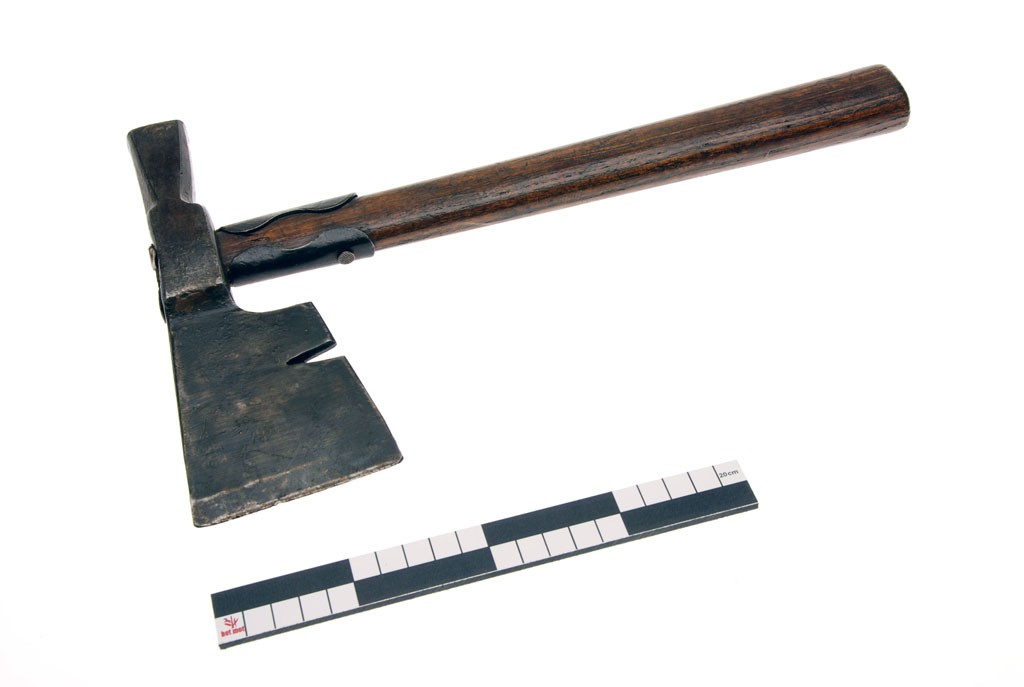Research
Search our website
Search our website by entering a keyword or choose a database above to search specifically.
Search
Showing search results 3,771 - 3,780
14,722 results found

Lamp trimmer
This text can only be consulted in Dutch
<https://www.mot.be/resource/Tool/lamp-trimmer?lang=nl>

Lattice cutter
This text can only be consulted in Dutch
<https://www.mot.be/resource/Tool/lattice-cutter?lang=nl>

Lawn mower (hand)
This text can only be consulted in Dutch
<https://www.mot.be/resource/Tool/lawn-mower-hand?lang=nl>

Drain scoop
This text can only be consulted in Dutch
<https://www.mot.be/resource/Tool/kolkschep?lang=nl>

Lace-tag fitter
This text can only be consulted in Dutch. See also the aglet pliers. [MOT]

Lathing hatchet
The lathing hatchet is a light hatchet - distinguishable from the roofer's
hammer - of approx. 750 g with eye and with straight, relatively thin
handle (approx. 30 cm), the iron of which, attached by one or two metal
supports, ends in a square hammer opposite the blade. The top side of the
blade is usually straight. In the underside one (sometimes two) notches is
often forged to pull out nails. The cut is straight. Sometimes the whole
tool, including the handle, is made of metal; the end of the stem is then
placed in leather discs or in a wooden handle. However, these shapes seem
to be rare in our regions. [MOT]

Laundry tongs
Hot laundry could be safely removed from the washing kettle with these
laundry tongs. They were usually made of (beech) wood because it does not
stain, is light and cheap. The metal parts such as the spindle or spring
were often made of copper, because the tongs were certainly not allowed to
rust. However, there are also iron and rubber or plastic laundry tongs.
[MOT

Lead sealing pliers
This text can only be consulted in Dutch
<https://www.mot.be/resource/Tool/lead-sealing-pliers?lang=nl>

Lawn comb
This text can only be consulted in Dutch
<https://www.mot.be/resource/Tool/lawn-comb?lang=nl>

Larding needle
This text can only be consulted in Dutch
<https://www.mot.be/resource/Tool/larding-needle?lang=nl>








